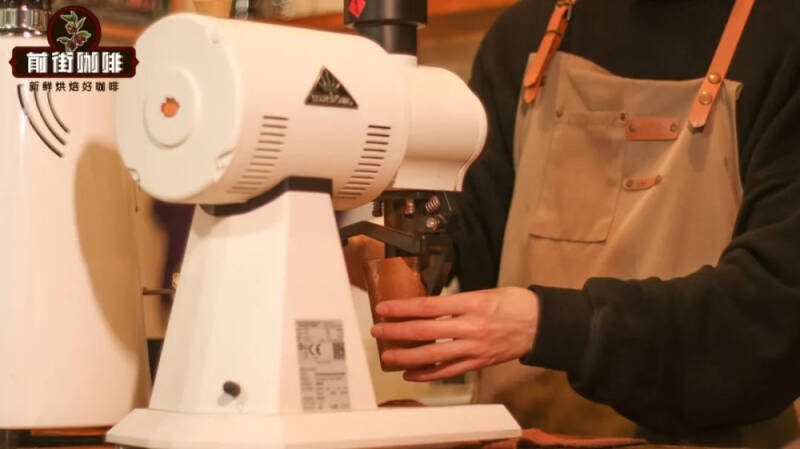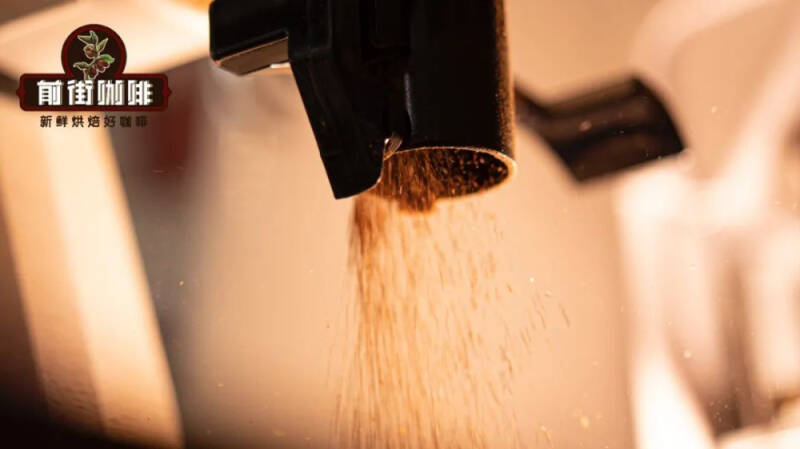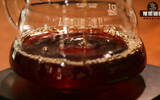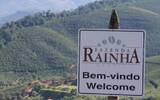How to find the right grinding scale for hand-brewed coffee? How to use the No. 20 screen? How to calculate the pass rate?
The grinding scale of coffee beans is a difficult parameter to grasp. Different bean grinders have different scales, and different people have different views on particle size. Therefore, in the absence of a unified description, people who want to share grinding parameters can only use analogy to describe their particle size, such as coarse sugar, fine sugar, flour and so on. Then, a careful friend saw the clue of Qianjie and asked: "Qianjie Qianjie, why do you always use the pass rate of screen?"

As mentioned earlier, everyone has their own understanding of particle size. This leads to the fact that the coarse sugar he said may belong to the state of fine sugar in the eyes of another person. Then it is difficult to accurately convey the degree of grinding to each other! When there is a deviation in communication, then even if the same bean is used, it will have a different taste due to different grinding parameters. As a result, Qianjie used this "screen calibration method"! Although it has some limitations, it can ensure that friends can use roughly the same degree of grinding when cooking, minimizing the differences between each other! So let's share how this screen should be used in Qianjie today.
Screen calibration method first of all, we need to understand that any bean grinder, regardless of its price, no matter how fine it is, the coffee particles it grinds are not absolutely uniform! What do you mean? It is in the grinding of coffee beans that a wide range of particles such as 0.1mm~1mm may be ground at the same time. We cannot control that it can accurately grind all the particles to a uniform size, so all we can do is to keep most of them in the ideal range.

And this ideal range, preferably within the 0.6~0.85mm range. A small number of other particles, even outside this range of particle size, will not have much impact. After knowing this premise, we can begin to learn the screen calibration method! First of all, we need to prepare a 20-size screen, which can be bought on all major shopping platforms at a very suitable price. However, it should be noted that sellers often split the screen for sale, so try to choose an integrated screen instead of a single screen, otherwise it will be more troublesome to use.
The pore diameter of the sieve is 0.85mm, and its main function is to separate coffee particles larger than 0.85mm and less than 0.85mm. And the value we want to take is the amount of powder that can pass through the filter. Qianjie recommends that the thickness of hand grinding is 80% of the pass rate of the screen, that is, in a serving of coffee powder, 80% of the powder can pass through the screen. The calculation rate of the screen is very simple, the specific operation is to take 10g coffee beans, and then choose a grinding scale that you think is appropriate to grind it! After grinding, put it into the sieve and shake it horizontally until there are no particles falling. (it is expected that the time will be about 5 minutes, a little waste hand! )
Then we weigh the amount of powder that has fallen and divide it by the total amount of powder to get the screening rate! For example, if the amount of powder dropped is 7g, then its over-screening rate is 70%. If you want to achieve 80% over-screening rate, you need to fine-tune the grinding degree and re-measure the over-screening rate until you reach the target.
The reason why the over-screening rate should be controlled at 80% is that this screening rate can be applied to most coffee beans with a high fault tolerance rate, even if their baking degree is different, it can also avoid most of the overturning sites (such as blockage, or water too fast). However, it is mentioned in the front street that it has certain limitations! The limitation is that the pass rate of the screen is set according to the quality of the bean grinder! If it is some poor quality, fineness of bean grinder, then the grinding particles will be very uneven. Not only have too much fine powder, but also have too coarse particles! If this is the case, Qianjie suggests that the cooking time should be used as a reference for the degree of grinding! Taking the three-stage cooking in the former street as an example, when the cooking parameters were normal (15g powder, 1:15 ratio, grinded properly), the cooking time would be about 1 minute 50 seconds to 2 minutes 10 seconds. If the time is not in this range, it means that the grinding is too coarse or too fine, and then we adjust the grinding according to the judgment.
Of course, not only the time, but also the state of the powder bed can be observed. Under normal cooking, the sedimentation of the powder bed is a process of uniform decline, if the water level drops too fast, then it is too rough; if the drop is too slow, clogged, and the appearance of the powder bed is muddy, it is the cause of grinding too fine! At that time, we need to make corresponding adjustments, so that the grinding can return to normal and make delicious coffee.
-END-
Front Street Cafe
No. 10 Baoqian street, Yandun road, Dongshankou, Yuexiu district, Guangzhou, Guangdong province
Important Notice :
前街咖啡 FrontStreet Coffee has moved to new addredd:
FrontStreet Coffee Address: 315,Donghua East Road,GuangZhou
Tel:020 38364473
- Prev

What is Body? How did the Body in the coffee come out? Can high concentration and low extraction increase the thickness of alcohol?
Body is good, Body is good. Baristas always talk about Body when they drink coffee, so many friends wonder: "how can it have anything to do with coffee when the word translates to mean" body, volume "? Right?! Qianjie was unreasonable at first.
- Next

Brazilian Coffee beans | introduction of Yellow Bourbon Coffee beans in Queen's Manor, Mogiana, Sao Paulo State
Brazilian coffee plays an important role in the global coffee market, all because Brazil says that the world's largest coffee producer and exporter accounts for 1/3 of the world's coffee exports. But many people will think that the coffee produced in Brazil is mainly in quantity and of average quality, but Brazil also has many high-quality boutique coffees.
Related
- What effect does Italian American coffee with filter paper have? Will coffee taste better if it is put on filter paper at the bottom of the powder bowl?
- What is the color difference in coffee beans? What are the characteristics of honey processed coffee beans? Why are the anaerobically treated coffee beans uneven in color?
- How does novice Xiaobai quickly get started and make coffee? Newbies learn to make coffee by hand and share the specific steps and process process!
- Costa tea has a shelf life of 100 years?! Expert: Unable to verify
- It's a huge uproar! American milk addition was rejected by Manner employees?!
- Mocha pot coffee bean recommendations| How fine and how much powder should be used for grinding? What parameter ratios do I need to use to make milk with Mocha pot coffee?
- What are the characteristics of the world's top ten coffee beans treated with Costa Rica honey? How to make black honey kadura from Tarazhu Pilon Processing Plant taste good?
- How to make deep-roasted coffee? What grinding water temperature does authentic Jamaica Blue Mountain No. 1 coffee use to brew it well?
- Selected high-grade rose summer coffee flavor tasting guide Why Panama rose summer has the aroma of flowers and fruits
- What equipment does a novice Xiaobai need to buy to learn to make coffee? Filter cup electronic scale bean grinder manual flushing pot purchase guide

